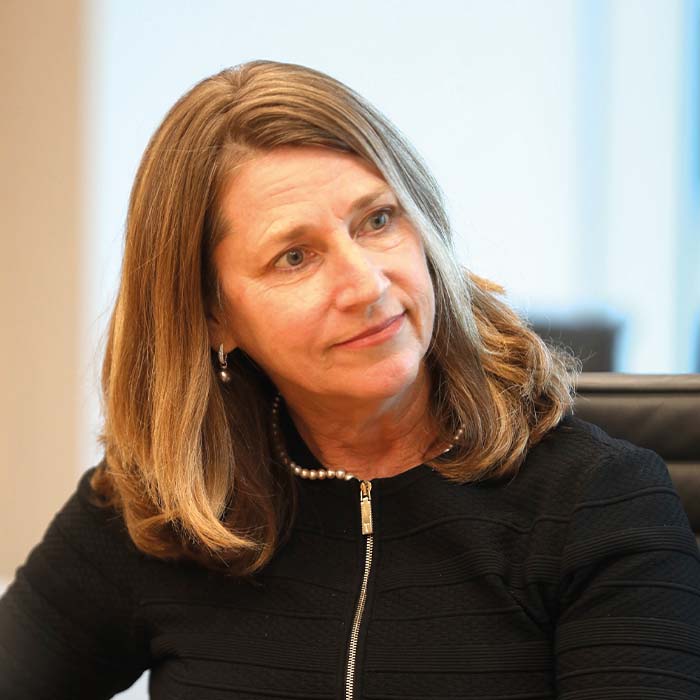Diversity and breadth complement QIC's competitiveness
A year and a half into new leadership, the story at QIC has been one of evolution not revolution – though the firm believes it remains ahead of the curve structurally, in its investment practice and in the extent to which it has incorporated gender diversity throughout its team and in leadership.
RAMPA I was very fortunate that when I joined QIC nothing was broken – it was already a thriving business. But market conditions were changing, and very quickly, so we needed to adapt and focus on where we felt there were new opportunities. We have a diversified platform – we operate in infrastructure, real estate, natural capital, and private equity and debt. We have our liquid markets group and our state investments arm, and being an asset manager gives us unique insights into the marketplace.
We have further built out a global distribution platform in the past 18 months. This means having executives in the market working with our clients globally, which has been a large investment and a significant initiative by the organisation.
We have built out our private debt platform and capability, which is a great opportunity in the current environment. This has been a key focus of the organisation. We have continued to invest in people on the ground, particularly offshore, in our infrastructure and private equity businesses. In addition, we have of course been focused on the sizeable shifts in strategic asset allocation and managing portfolios in the current market.
We have also been building out capability and shaping our organisation around key themes that provide appropriate risk-adjusted returns for our clients. We are a thematic investor so, for example, in infrastructure we look at how we align our business with the themes of decarbonisation, decentralisation and deglobalisation.
We have also launched a natural capital platform because we believe in the future of natural capital as an institutional investor opportunity.
Day-to-day, we have been navigating volatility in the marketplace and our workforce. This includes a genuine focus on our people. We have very strong engagement at QIC, but we have also taken the opportunity to refresh our purpose. We have spent a lot of time working with our whole business to really define our purpose and we are in the process of re-launching the refreshed purpose, which has resonated really well with our people.
Then we have a very strategic stakeholder in the form of the Queensland government, which is a unique feature of QIC. We have been doing great work in assisting government on a lot of its needs and its policy agenda.
Affordable and social housing is a massive issue across Australia, and we were able to create a unique structure that brought in the Australian Retirement Trust, at appropriate investment returns, giving rise to more than 1,200 social and affordable homes. Now this platform is live we are working on it with Brisbane Housing Corporation.
Creating a structure for investment into social housing was a great initiative for the organisation that we were able to achieve over the last 18 months.
RAMPA As an organisation, we have made great progress in gender diversity but we know there is more work to do. At present, women comprise 37 per cent of our senior management and 49 per cent of our workforce.
We certainly have a number of women in senior leadership roles. I don’t think there are too many organisations that have a female chief executive offer, chief financial officer, chief operating officer, [state’s] chief investment officer, head of liquid markets group and general counsel, and a woman running the trading platform. One need only look around this room to realise the depth of the excellent female leaders that exists in this organisation.
Even so, we recognise areas where we need to drive greater diversity. We don’t just look at diversity from a gender perspective – we look at many facets of it. We have a strategy in place to drive greater diversity across our business because it leads to better decision-making and a better, stronger and more resilient organisation.





